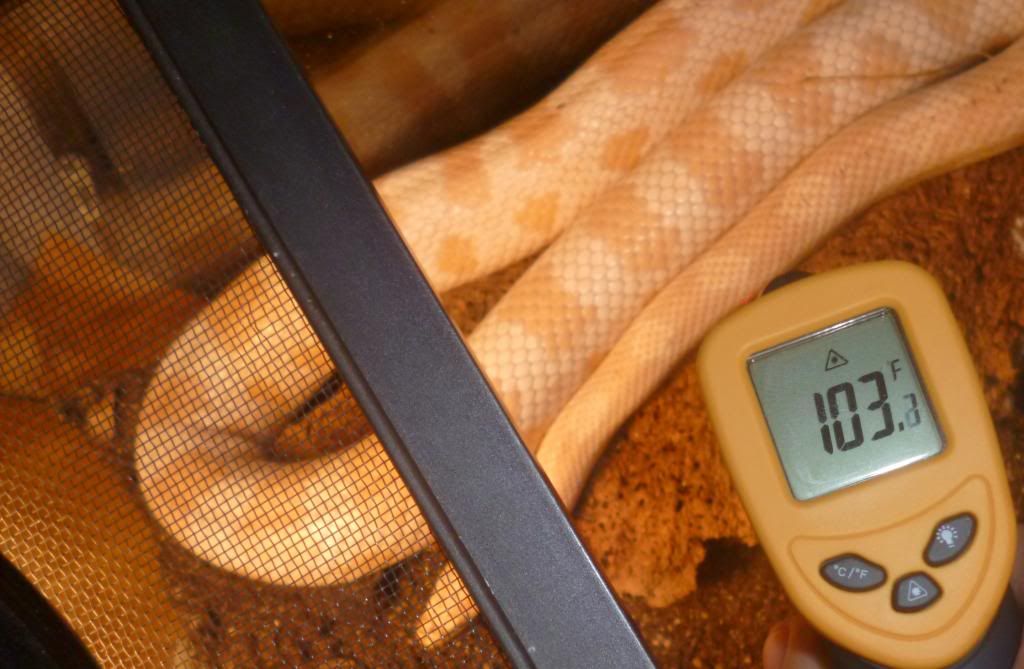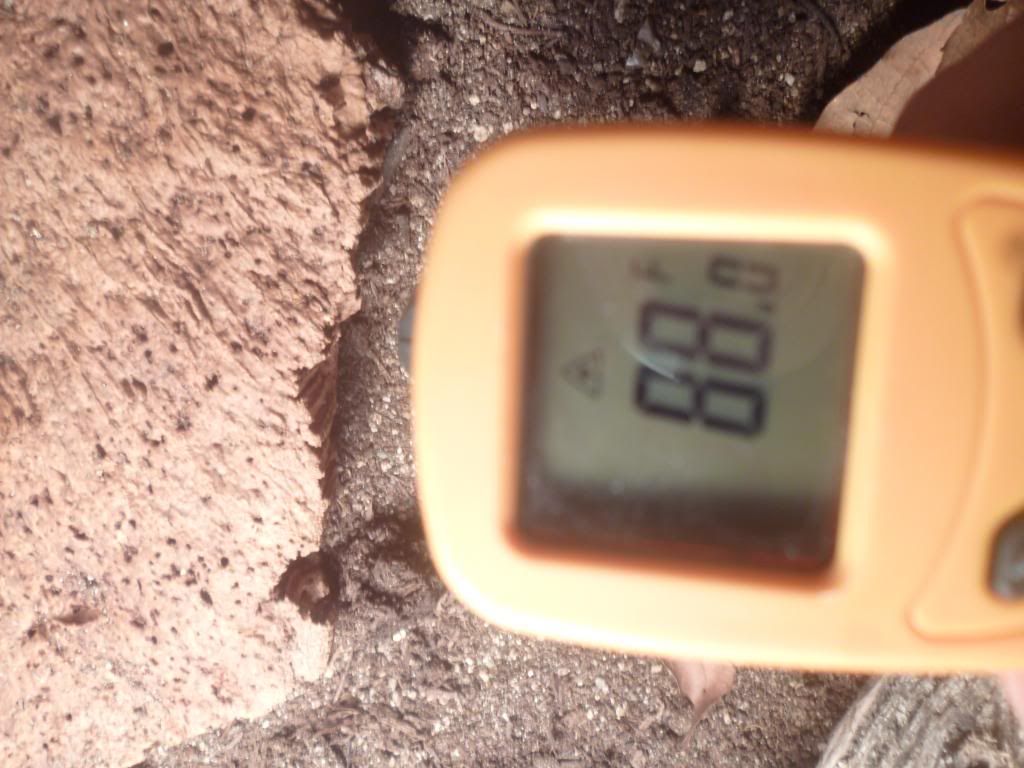wildheart
New member
Good morning from South Africa. :wavey:
I own a reptile and parrots forum and most of our members own iguanas. I am not here to gain any members, all I want is your knowledge. Just thought it is important to say it so you guys know I am sincere.

I dont know if you are aware of some forums who are experimenting with reptile husbandry? They are changing up all the basics with total disregard to years and years of scientific evidence proving that what they are doing will cause harm in the long run. They are calling it myths that they have to set straight.
 To me it is experimenting with an animal's life.
To me it is experimenting with an animal's life.
Examples of this is feeding meet to iguanas. Keeping iguanas on bio-active substrate never cleaning and never taking them out. Keeping bearded dragons at temps as high as 135 to 160F and not supplying UVB only vit. D3 in powder form. The latest is now that they keep their Corn Snakes with basking temps of 110F. These guys are trolling my forum causing so much frustration and anger and they refuse to learn and say that they only do what other members and breeders do and choose to not look at history. History = Myths.
I decided to join here to ask your why do you say to avoid temperatures above 90F?
I have my reasons of why, but what is your reasons, what will happen to a snake kept at those temps? The evidence that I supply is from Reptile medical books but as I said before they only follow breeders and members, people with degrees know nothing.
I will quote your answers on my forum and I can pm a link to one of the staff if you want to see that I am not changing any answers.
Why am I doing this? Because animals means everything in my life and I will fight for their health and safekeeping to the ends of the world.
I own a reptile and parrots forum and most of our members own iguanas. I am not here to gain any members, all I want is your knowledge. Just thought it is important to say it so you guys know I am sincere.

I dont know if you are aware of some forums who are experimenting with reptile husbandry? They are changing up all the basics with total disregard to years and years of scientific evidence proving that what they are doing will cause harm in the long run. They are calling it myths that they have to set straight.

Examples of this is feeding meet to iguanas. Keeping iguanas on bio-active substrate never cleaning and never taking them out. Keeping bearded dragons at temps as high as 135 to 160F and not supplying UVB only vit. D3 in powder form. The latest is now that they keep their Corn Snakes with basking temps of 110F. These guys are trolling my forum causing so much frustration and anger and they refuse to learn and say that they only do what other members and breeders do and choose to not look at history. History = Myths.
I decided to join here to ask your why do you say to avoid temperatures above 90F?
Q: What are good temperatures?
A: 75-80F for the 'cool' side, and 80-85F for the warm side. Try to avoid temperatures below 70F and above 90F.
I have my reasons of why, but what is your reasons, what will happen to a snake kept at those temps? The evidence that I supply is from Reptile medical books but as I said before they only follow breeders and members, people with degrees know nothing.
I will quote your answers on my forum and I can pm a link to one of the staff if you want to see that I am not changing any answers.
Why am I doing this? Because animals means everything in my life and I will fight for their health and safekeeping to the ends of the world.


